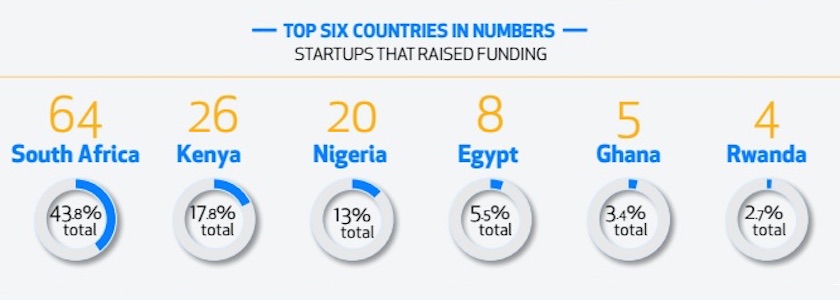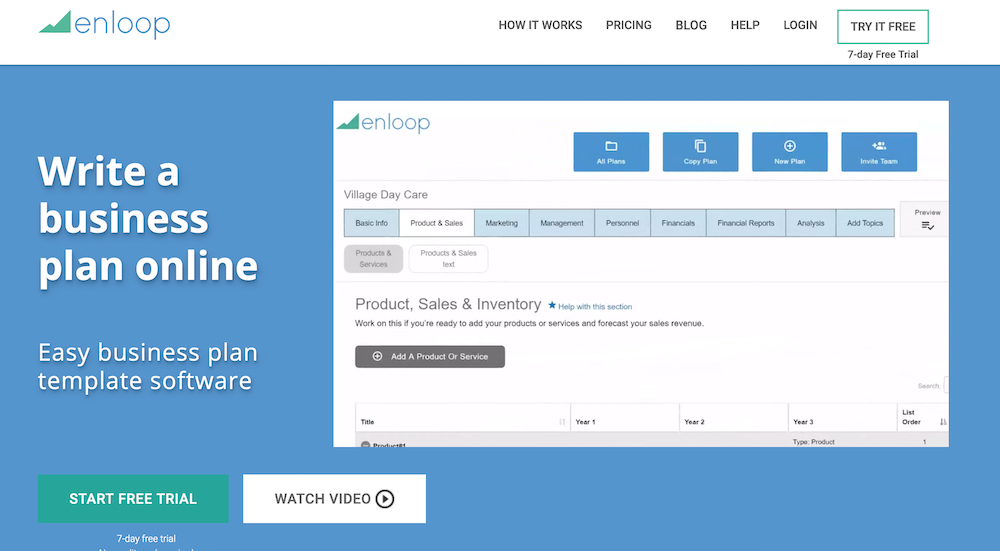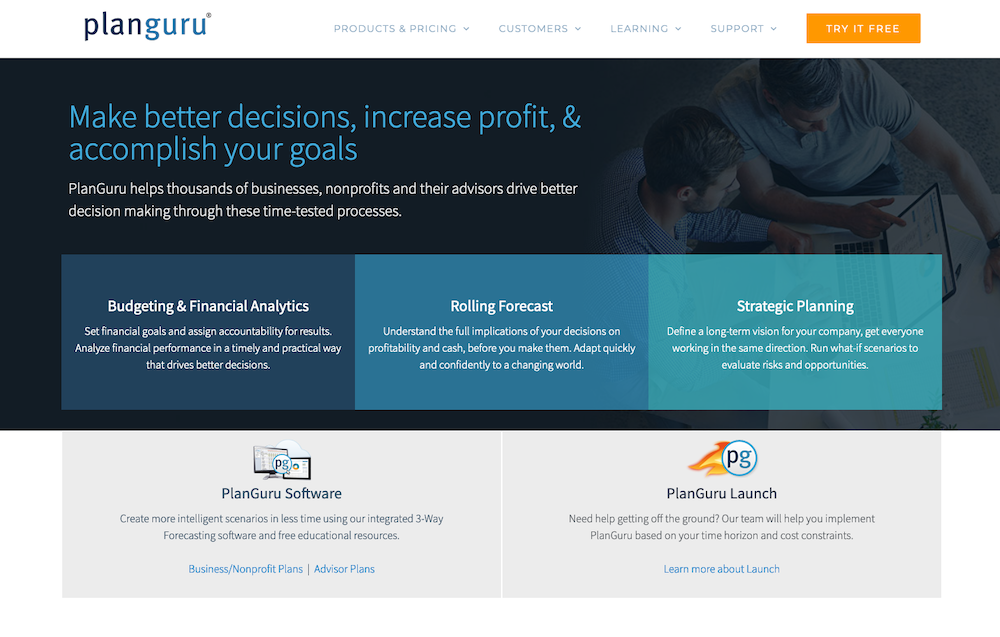DPO White Papers
How to Create A business Plan For Entrepreneurs
An Introduction to the African Startup Landscape
Africa has one of today’s most exciting entrepreneurial landscapes. Tech startups attracted 16.8% more funding in 2016 than they did in 2015, with 146 startups raising a joint $129 million in 2016. South Africa, Kenya and Nigeria are currently the leading countries for attracting startup investments, together accounting for close to 75% of the total funding volume in the region. Fintech startups garnered 29.6% of all monies invested in African startups in that year.
As of July 2016, there were over 300 incubator hubs in Africa (including accelerators, makerspaces etc.), up from 170 in 2014. Many of these hubs offer partnerships with technology leaders such as Microsoft and Google, and with mobile operators, such as Orange and Vodafone.

African Tech Startup Challenges
With its comparatively young yet immense population entering the workforce, leading to a growing middle class, Africa presents a huge market opportunity. However, due to certain aspects of African society, startups in this region need to face a number of significant challenges. These include:
Access to capital: While startup investment is on the rise, the fact is that there is still a lack of funding available to African startups. This is especially true regarding funding from within Africa. In many cases, entrepreneurs must raise money internationally.
Market size: While Africa is a very populous region, and the African middle class is growing, the majority of this huge target market is still not connected to the internet, rendering the actual target market size as significantly smaller than the total African market.
Teaching the market: In many cases, African startups are introducing a completely new sector to their target audience. In other cases, such as the switch to mobile payments, it is necessary to change consumer behavior. As the African society is still largely unaccustomed to digital payments, this poses a marketing challenge to the fledgling business.
The First Steps in Building an African Startup
Entrepreneurs with a novel idea must first perform a Go/No-Go analysis in which they study the market potential, estimate the startup and ongoing operation costs, and ensure that there are no intellectual property constraints surrounding their solution.
If the basis of the business is novel, an intellectual property advisor should be consulted. If the business is based on existing technologies, proper agreements will need to be put into place. A regulatory advisor should be consulted with as well, in order to ascertain with which regulations and standards the business will need to comply.
Once the entrepreneur has confirmed that there is sustainable business opportunity, a business plan should be created, both to guide the critical steps in the entrepreneurial evolution, and to present to potential investors, towards funding raise.
A business plan is a living document, in that as certain assumptions are confirmed, or as timelines change, so should the business plan, so that at any given moment the plan represents all the actual knowledge concerning the business to date, and an accurate portrayal of how the business will be launched and run.
A Business Plan Outline
As each business is unique, there is no one-size-fits-all business plan. Below is a general outline of the chapters most commonly found in a business plan, but entrepreneurs should adapt this outline to suit their specific businesses and needs.
1. Executive Summary
This is an introduction to the business plan, which is found first, but generally written last. It is a short summary of all the main points of the business plan (listed below). A typical executive summary is no longer than 2-3 pages.
2. The Company
If the company is an existing company, with a proven track record, then the first section should be about the company, with an explanation of the key company activities and achievements, such as:
- Existing products on the market
- Previous annual sales
- Significant strategic partnerships
If key management are accomplished, with proven achievements, a description of the team can be placed here as well (instead of at the end of the document).
3. The Business Opportunity or The Market Need
Most new startups choose to present the business opportunity as the first section of the business plan (following the executive summary). This section presents the window of opportunity, preferably as a specific value, such as a sizeable market, or unnecessary costs.
For instance, a company with a fintech solution for the unbanked should present the scope of this market need, while a company with a novel tool for agriculture could present the costs savings potential within the target market. It is important to backup data with respectable sources.
4. The Product or The Solution
In this section the proposed business solution is presented. If there is research and development involved it should be presented here as well, along with development milestones until market ready.
Specific product features should be discussed, and a section on the advantages of the solution should be created, such as technological superiority over existing products, or new and innovative features.
Intellectual property (IP), such as patent applications or designs submitted for registration, can be discussed here as well, along with future plans to protect the company’s IP.
5. Market Analysis
This section should present the industry and market trends, as well as the specific target market. Specific market traits should be presented, as a basis for the company’s strategy. The total market potential can be calculated as a function of the target market and the projected price, for instance:
If the target market for an e-commerce site in Africa is the 18-40 demographic, of middle class and above, in Kenya and Nigeria, then data on this total market size should be presented, or calculated, based on logical assumptions.
Projected growth should be discussed, whether due to growth in population, or expansion of this market segment due to economic growth of the region. Assumptions of the total volume of sales and revenue per sale, together with an assumption of a logical percentage of users from the target market, will together enable presenting the market potential for the business.
6. Competitive Analysis
The existing competitors that are active within the target market, even those with significantly inferior solutions, should be presented, including a clear comparison of the business offerings as opposed to existing players and solutions.
For instance, a new e-tailer in Africa should analyze existing market players, such as Jumia, Konga, and MallforAfrica as well as key international players who ship to Africa.
Advantages of the new business, such as larger selection of goods or lower prices, should be presented in a comparison table, as well as disadvantages, such as competitors’ existing market share or international reach.
7. The Strategy
This section presents the company’s strategy, such as go-to-market strategy, with a timeline for market penetration, marketing strategy to the different target markets, such as business to business (B2B) or business to customer (B2C), and other strategic considerations. For instance, an online travel sites may target both African consumers and African businesses.
A SWOT (Strengths, Weaknesses, Opportunities and Threats) analysis may be included in this section as well. A SWOT summarizes, in a single diagram, many points covered in the previous business plan sections. An effective strategy for market penetration, target market focus and pricing levels can often be built as a result of laying out the various considerations in this summary chart.
8. Business Model
The business model includes the price for goods and services, throughout the value chain, including payment to distributors, or manufacturing costs when relevant. E-businesses should present pricing plans as well as their hosting costs. This section can also present payment options, for both online and offline sales, such as integration of a payment service provider (PSP) like DPO which caters to the African online payment market, enabling online and mobile payment acceptance, both from private customers when a B2C model is used, or from businesses, in cases of B2B business models.
9. Operations
This section should summarize how the business will be run, in terms of human resources, and facilities, such as offices, warehouses, servers and more.
10. The Team
Short bios on the key personnel and management team. Projected hires and the desired employee profile can be included here as well for critical positions.
11. Financial Projections
A 4-5-year profit and loss as well a cash flow analysis should be presented here. The company’s financial advisors or accountants can assist in this section – you should not attempt to do this part yourself. In depth calculations, as well as assumptions should be included in the Appendix.
12. Investment Opportunity
In this section, you should present the total required investment based on:
- The development milestones that define the time to market
- Cash flow projections of the resources for development
- Operations during the R&D stage
- Preliminary projected marketing costs
13. Appendices
Any additional information such as compelling CVs, market research, intellectual property status, financial calculation and more can be added here, at the end of the business plan.
Business Plan Creation Tools
Now that you know what needs to be included in a sound business plan, it is time to start putting all the information together. Here are a few examples of automated tools that can help in creating business plans and the financial forecasts:
Enloop
Enloop’s patented system automatically generates basic text for each section of the business plan. Users can edit the text, delete it entirely or add their own text. The tool includes financial forecasting based on user inputs, automatically generating sales, profit & loss, cash flow and balance sheet forecasts on-the-fly. Enloop offers a limited freemium version, and extended subscription-based package.
Liveplan
LivePlan simplifies business planning, budgeting, forecasting, and performance tracking for small businesses and startups. This site offers links to free templates, as well as an affordable tool for automated business plan, one pager and financial plan generation, with step-by-step instructions, geared towards young startups.
PlanGuru
PlanGuru is an integrated income statement, balance sheet, and cash flow planning tool with over 20 forecasting methods.
VCforU
VCforU creates automated, aesthetic one-pagers, based on answers provided in their step-by-step startup business questionnaire.
Conclusion
New African startups must thoroughly research the market, in terms of:
- Competitive environment
- Market potential
- Growth trends
A complete and comprehensive business plan should be created based on this in-depth analysis as well as:
- Data regarding development times
- Intellectual property considerations
- Operations
- Financial projections
Your business plan, summarizing all crucial aspects of the venture, will help you complete your investment pitch deck and increase your chances of success when looking for funding.
DPO Groupprovides a real-time, cloud-based processing platform, with state-of-the-art technology that supports multiple transaction types with online and offline capabilities. The technology supports all modes of payments, all cards, mobile money, all currencies, mobile apps & card readers. The DPO customer care team provides a single point of contact for you and your end customers. We support all levels of transactions by implementing a unique approach to ensure total conversion.





